I arose this morning and immediately read an article in today's Tallahassee Democrat about Chederrick Thomas, a 22 year old man who was convicted by a Leon County jury last night of one count of first degree murder (and three counts of attempted murder) stemming from a shootout at the outdoor basketball goals at Florida A&M University in November of 2022.
While local murder cases rarely draw my news reading interest due to their prevalence, this one did because I remember feeling totally disgusted by the wanton violence that was displayed not far from where I grew up on the city's Southside when it happened that Fall.
Photo of the outdoor courts at FAMU not long after Chederrick Thomas shot up a pick-up basketball game in 2022. Under Florida law Thomas, 22, will be sentenced to life without the possibility of parole.
As I often share with my readers, one of the best aspects of living in Tallahassee, the city where I spent most of my childhood, is that I often drive by many of the places that meant so much to me and my friends in our youth.
Take my old neighborhood, Callen, one of the oldest Black neighborhoods in the city that sits about two miles from Florida A&M University. There were scores of families with kids my age when we moved there in 1982 and to this day, I remain in touch with quite a few.
Circa 1983, a Pineview Elementary School picture that included my neighbors (and close friends) Jesse Moki, Kevin Caswell, and Early Harris front and center.
One of the key centers of our neighborhood was Pineview Elementary School and its campus that had a baseball diamond, a huge field for football, and an outdoor basketball blacktop with six goals that allowed up to three whole court games at a time.
Circa 2017 (top) and 2022, photos of me with two of those old Callen friends, Jesse Moki and Kevin Caswell, in Tallahassee.
On the weekends and during the summers, on any given day, you would find kids playing impromptu ball games at Pineview—that was when we weren't jumping ramps with our bikes, or building Earthen dams of the drainage system that we used to pretend was a river, but was essentially an open ditch that ran stormwater straight through our neighborhood all the way out to Lake Bradford (until the City finally paved all the roads and buried the ditches for good when I was in high school).
As this was the 1980's, you could find an Atari gaming system in just about everybody's house and yes, we did enjoy playing video games and the occasional trip to the mall to play at the arcade. But thinking back, video game play was somewhat of an afterthought, usually a backup plan on rainy summer days or those afternoons when somebody's momma yelled for us to "get inside before y'all catch a heat stroke" in Florida's wickedly unforgiving heat and humidity.
What we didn't realize at the time was that our social interactions, mostly centered around physical games like the ominously named football derivative we called “bust meat,” wrestling matches, and the occasional fist fight, was our participating in many of the same rituals that our earliest ancient ancestors did to develop their bodies and minds for young adulthood. When we weren't rough-housing, we were debating whether the Lakers were better than the Celtics, whether Apollo Creed could beat Clubber Lang in the Rocky series, or delving into our earliest political debates about the Reagan era and the end of the Cold War, so much so that these ties of friendship were real, ran really deep, and remain relatively strong even now into our fifth decades of living.
While my neighborhood friends went to Pineview Elementary, I attended nearby Lucy Moten Elementary (FAMU High). Pictured from left are my classmates Jason Ward, Sterling Hollingsworth, the late Chris Henry, Kenny Rice, Fred Higgs, and on the back right end, Chuckie Hobbs circa the Summer of ‘86. My classmates often rode their bikes (and later drove) over to Callen to play ball and videogames, too…
Last summer, my Lucy Moten/FAMU High classmates traveled to Canton, Ohio to support our classmate, Ken Riley II (above), as his father, legendary FAMU football player and Coach Ken Riley, was inducted in the NFL Hall of Fame. Ol’ Hobbs is pictured above with Jason Ward, Fred Higgs, and Sterling Hollingsworth.
Nikkii Gillespie Williamson was our classmate at Lucy Moten/FAMU High, but she was an “honorary” resident of Callen due to the fact that her grandparents lived less than a quarter of a mile from my house and she spent time bossing us around the ‘hood back in the day 😂
Even in our neighborhood mischief, there was an "all for one, one for all" type of fealty that was never spoken aloud, but was just understood—and never would have led to random deaths or dire consequences like today's youth face.
Case in point: Four decades ago this summer, when Vanessa Williams, the first Black Miss America, lost her crown due to nude photos that had been published in Penthouse Magazine, I and about five of my friends (who I won't name because the statute of limitations of getting told off by their mommas has not run), met up and emptied our pockets. Within moments we realized that we had scrounged up enough spare change to walk the mile up to the Suwanee Swifty Convenience store where the elderly old man who was the clerk sold a group of manish acting 12 and 13 year old boys a magazine that became our collective prize possession 😂.
Fortunately for our backsides, none of our parents ever found out about that episode, but again, there was a sense of camaraderie in the good, the bad, and at times, the ugly, that sealed those friendship ties forever.
Such is why I worry, quite a lot, about how the social experiences that my Generation X had, ones that were very similar to those of our parents and even our grandparents in some respects, is not being replicated by Generation Z.
Now, today's post is not meant to be some "get off my lawn" gripe session, but are my honest observations of the things that I see and feel when mentoring and teaching today's youth.
You see, back in the 1980's, a murder in Tallahassee was about as rare as a Papal Election, but today, bodies are dropping week in and week out on the very streets that my friends and I played in during our youth!
So, what's the disconnect that has led to such violent depravity among so many young Southside boys?
Well, for starters, I needn’t look any further than my old neighborhood, Callen, and how the very fields that we played ball in are now ALL fenced in; the basketball courts, the ones where a Who's Who of Tallahassee basketball talent used to hoop back in our day, have high fences as well. When I drive by other outdoor parks like Walker-Ford, Jack McLean (the old Southside Park), and Jake Gaither Park, I find veritably empty blacktops, empty swings, and empty playgrounds on a daily basis.
So where are today's youth?
Well, many are inside—glued to their smartphones and gaming systems for hours on end. Thus, the basketball courts have been replaced by cyber basketball courts; the football fields have been replaced by John Madden and the soon to be released College Football videogames; “bust meat,” wrestling matches, and fisticuffs have been replaced by extremely violent video games that some psychologists believe desensitizes children from the real harm of real gun violence.
Now, I don't blame the children for this, because these problems ALL start in the home. Many parents, whether they are working hard to get ahead and/or make ends meet, or are simply lazy, while fully understanding the dangers that lurk "in the streets" in the form of drugs and other reprobate behavior, often feel more comfortable leaving their children at home with their electronic devices than to allow them to hop on bikes and ride out “until the street lights came on” like we did during our youth.
And while concerns about the real dangers that lurk outside are crucial, too many parents and grandparents of Generation Z children have yet to reconcile the very real dangers that lurk inside their homes in the form of those expensive electronic devices and the social media apps that are a clear and present danger to our youth.
The obvious "big bad," so to speak, are the twin evils of child predators and excessive use of pornography, and while some parents go to great lengths to place strictures to prevent their children from viewing such material, the problem is that kids share information and their devices with each other so much that parents often are playing a losing figurative game of “whack-a-mole” when it comes to the hypersexualization of our youth.
And I'm no hypocrite; six middle school boys pitching in to buy one Penthouse Magazine in '84 was wrong, very wrong, but none of us had 24/7 access to the kind of lewd material that today's middle school youth are just a phone click away from viewing.
I was fortunate to discuss these critical matters with one of my oldest friends and Morehouse Brother, Dr. Michael Brooks, an award winning family counselor and professor at North Carolina A&T State University, who opined:
Dr. Michael Brooks
"While the predatory dangers that lurk cannot be understated, the data suggests that an even greater danger for today's youth is the inability to socialize with human beings.” The results according to Brooks include:
Cyberbullying
Body Image Issues
Addiction and Sleep Deprivation
Anxiety and Depression
Fear of Missing Out (FOMO): Seeing peers participate in activities without them can lead to feelings of exclusion and loneliness.
Reduced Face-to-Face Interactions.
Dr. Brooks concluded by opining that, "Addressing these concerns involves promoting healthy social media habits, encouraging open communication between children and and implementing stronger regulations to protect young users."
Indeed!
Regrettably, so many adults—and far too many children—seem so attached to their phones that it is increasingly more difficult to engage in meaningful conversations or develop lasting relationships be they intimate, platonic, or a hybrid of the two.
Equally fraught is the fact that our collective dependency on electronic devices threatens the overall social construct not just from perceived and real communication gaps, but the inability for individuals who have self isolated to see themselves as a part of a greater whole within their communities, the nation, and across the globe. Politics, essentially, could take on more of a solipsistic meaning that may prove difficult to reverse absent some major outside unifying factor, like a major war against a nuclear power like Russia or China, before notions greater than self interest becomes the order of the political day once more in our communities.
For the above reasons, I've found myself nodding in agreement of late with folks across the ideological aisle, from the staunchest conservatives to the most progressive liberals, who realize that government must get involved since so many parents are turning a blind eye to excessive cell phone use among their kids.
Trust, I am as big of a First Amendment supporter as one can be, but I also know that there's a reason that we place age restrictions on driving (16), voting (18), and alcohol consumption (21)—those burdens require a level of maturity that an 11, 12, or 13 year old simply is incapable of shouldering. Along that same line of thinking, now is the time for us to implement some levels of common sense to the communication gap that is widening each day with our youth due to excessive cell phone dependency.
Feel free to share your thoughts below or privately by dropping me an email!





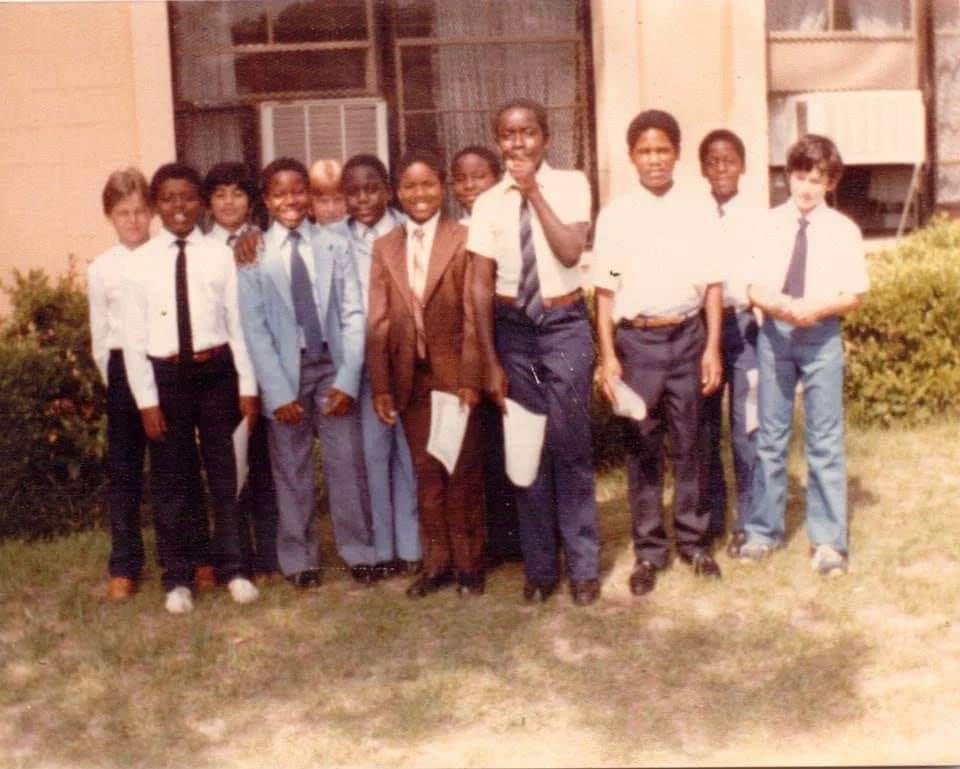

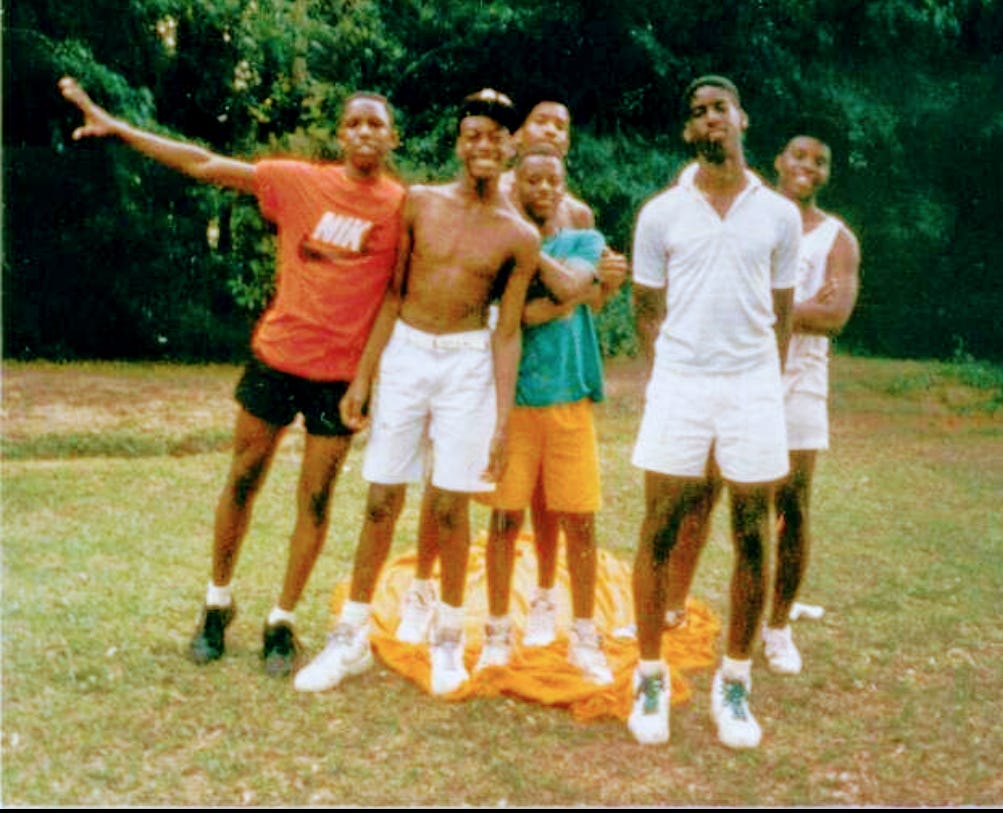
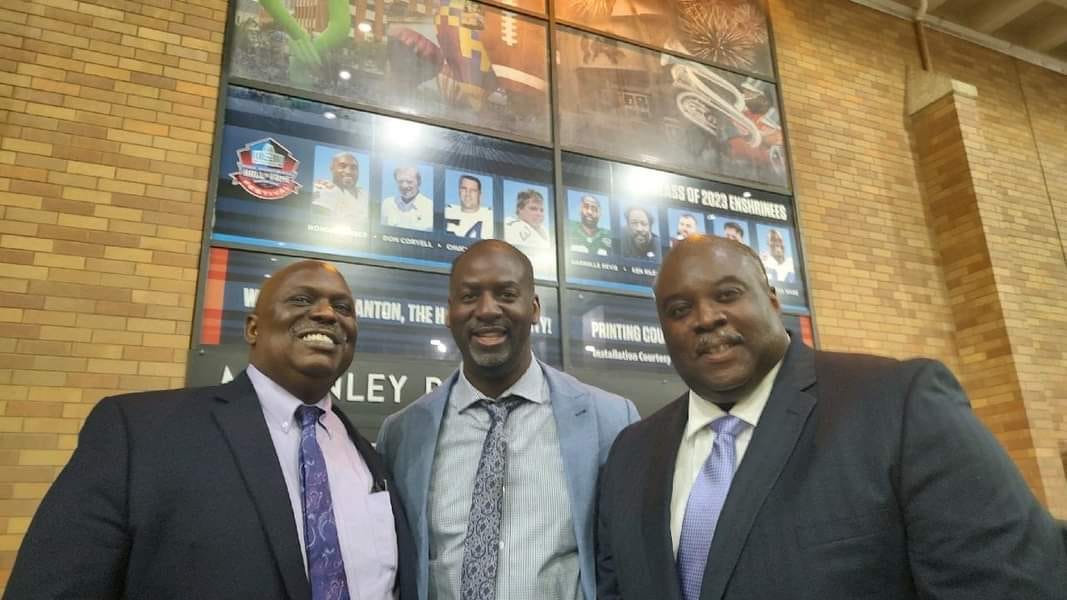
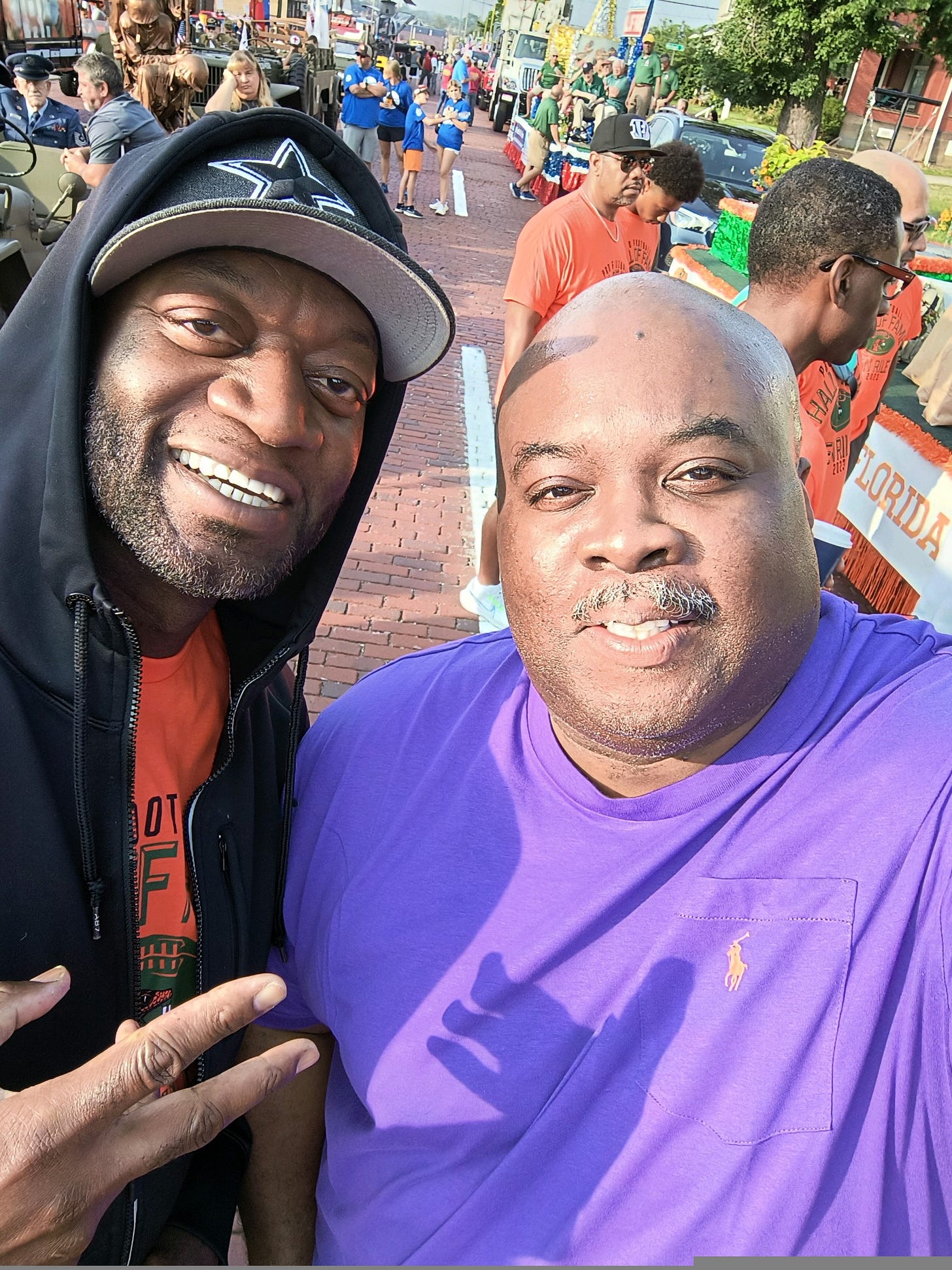
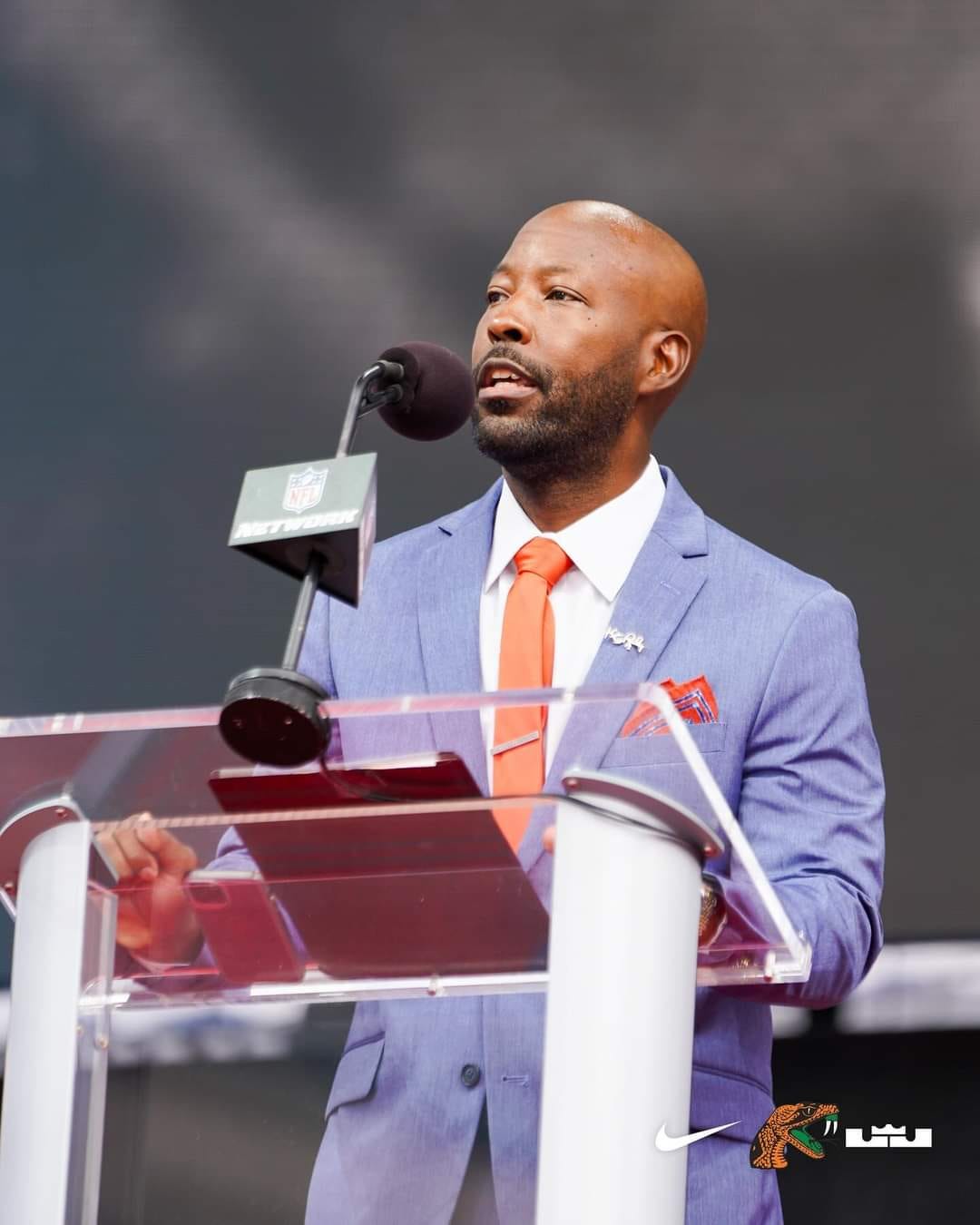
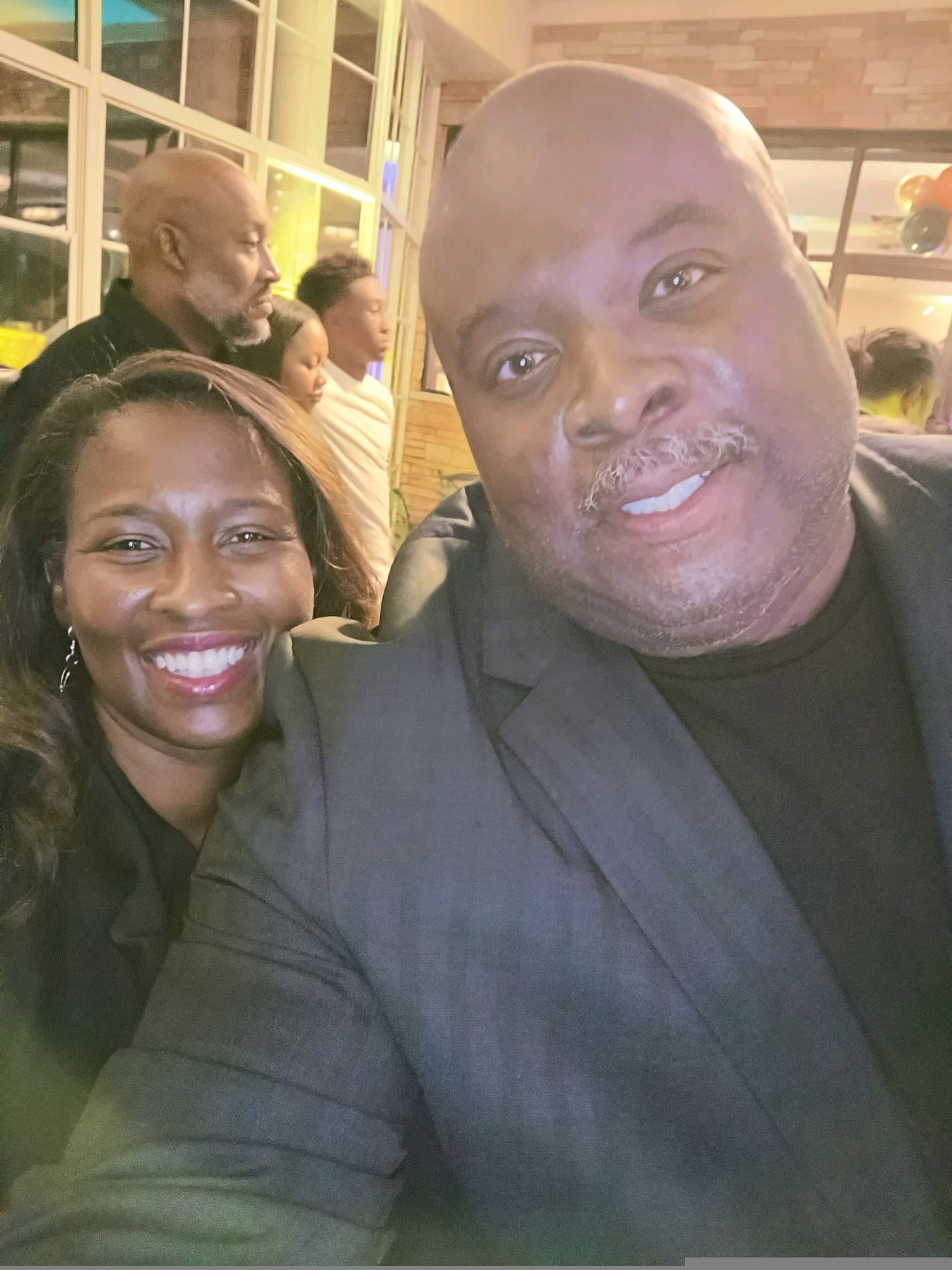

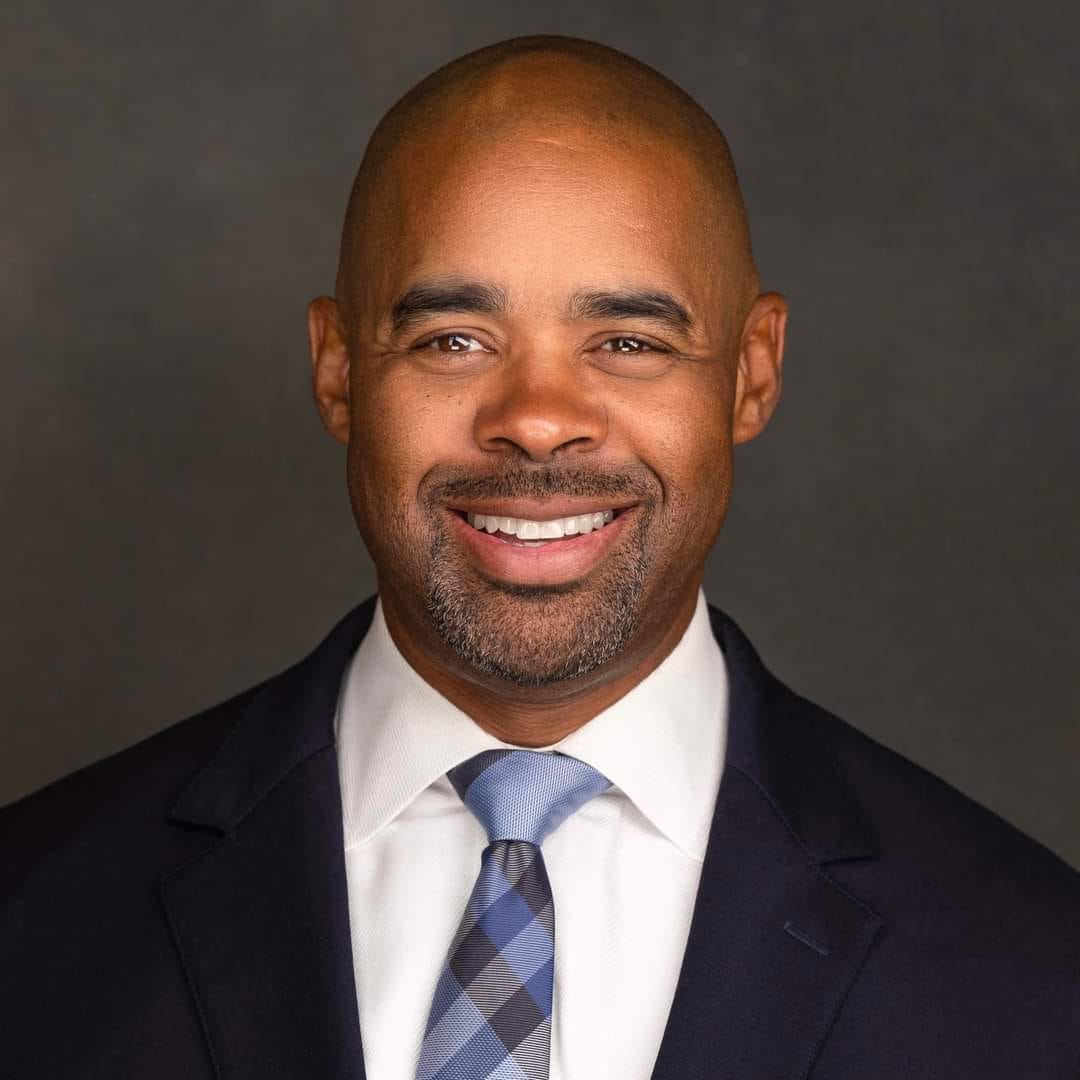
A lot to digest here. While not obviously as familiar with the Tallahassee landscape as you are, I would posit that this geographical quandary exists all over the country, especially in OUR neighborhoods. Let us also look at the fact that this generation is not taught how to deal with conflict management. Until we develop a balance of the right amount of technology in our lives, we remain in this situation. I see it daily in the classroom and it is horrifying.
As a product of Tallahassee its breaks my heart to see my hometown being subjective to this type of behavior. If they don't get a hold of this issue, it can get out of hand like it did here in Baltimore where we had over 300 murders in 2022 in which the majority were from teenagers and gangs. Thanks for this eye-opening article, I pray that it catches the eyes of your local and state politicians to implement programs for the youths.